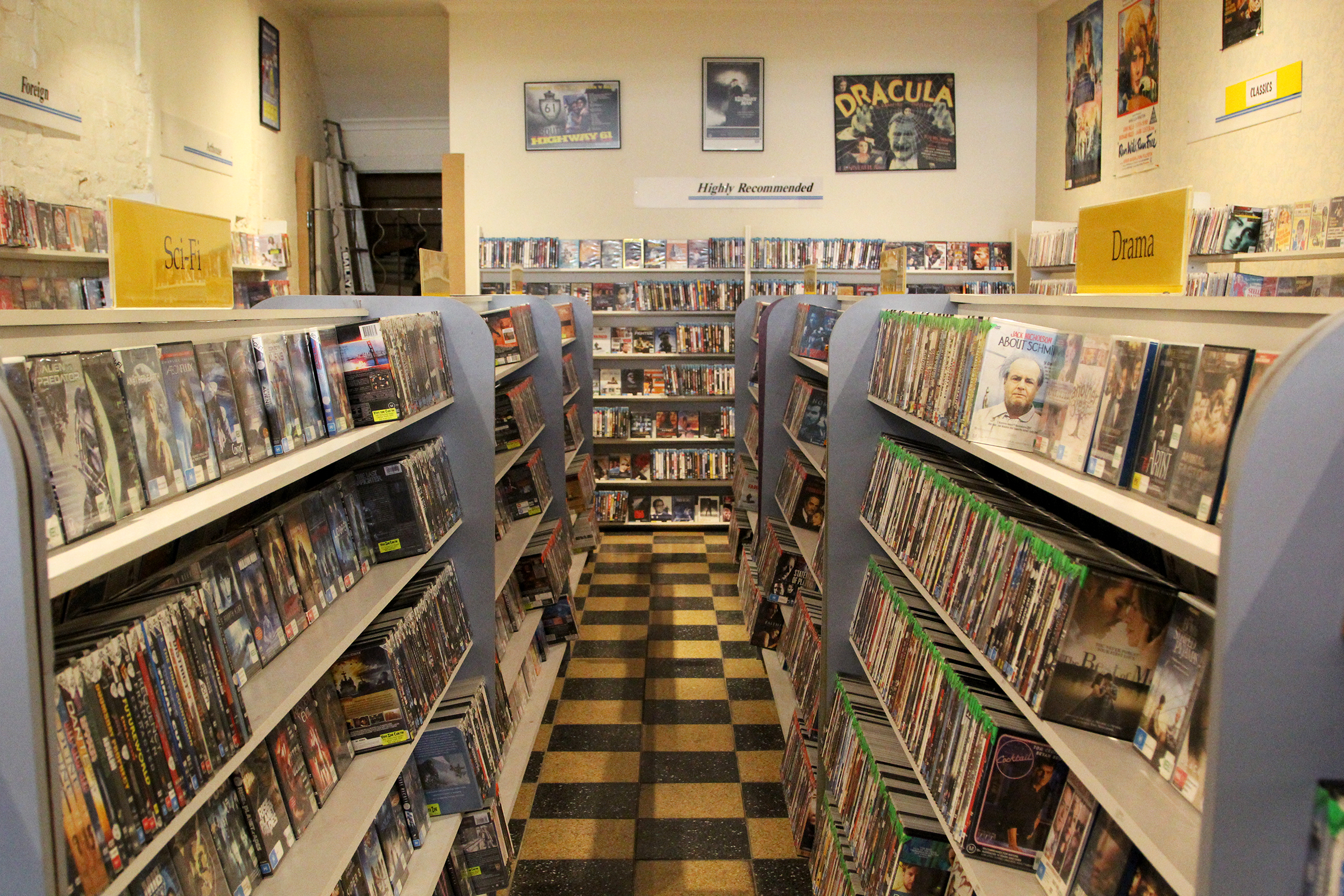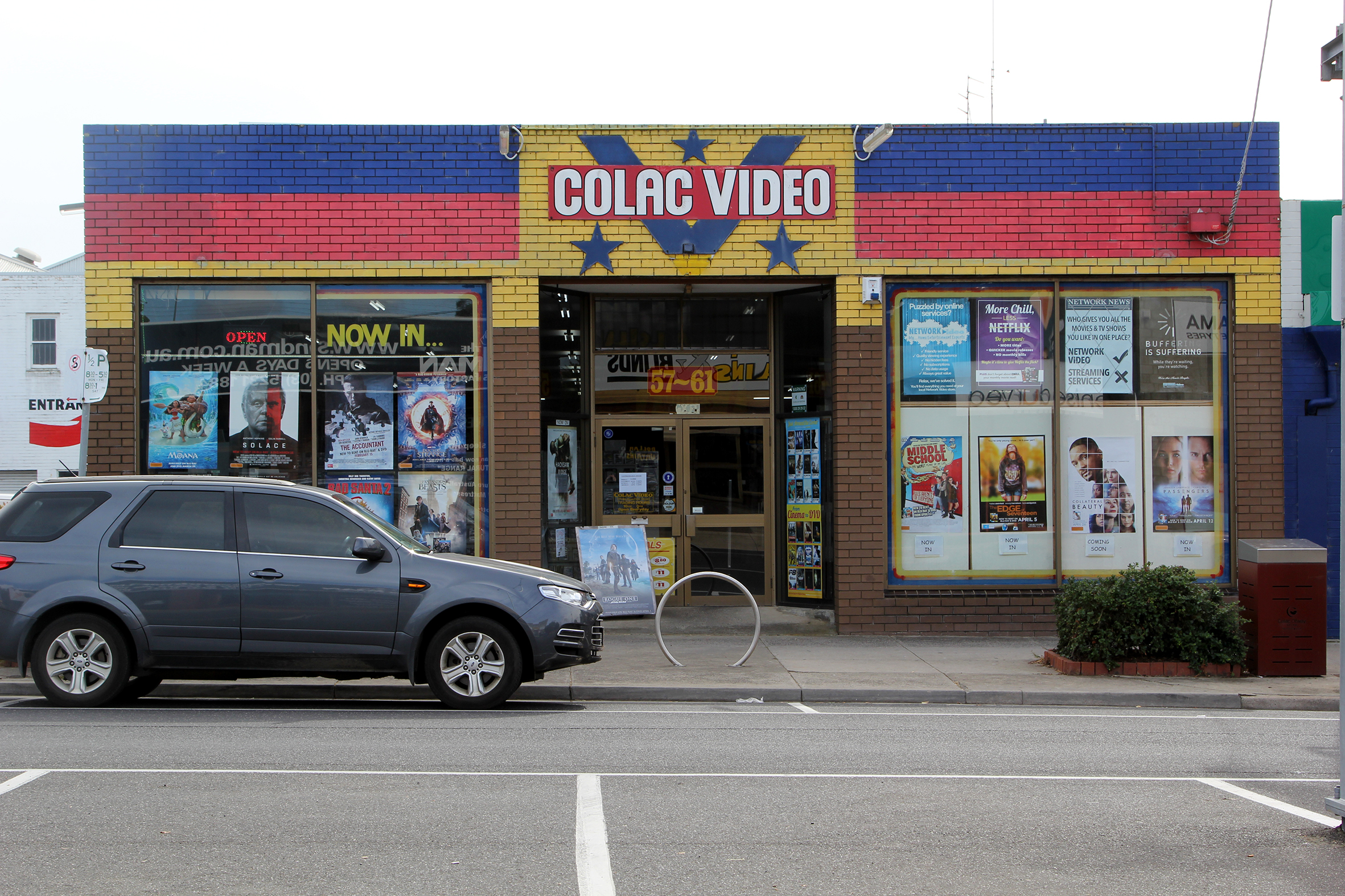
A new lending library is giving unwanted video footage another life
A Melbourne artist wants your discarded video art works for a novel new lending library that's celebrating the history of the medium.
Jessie Scott describes her PhD project as one that’s unashamedly dedicated to Melbourne’s arts community.
“This is a love letter to video artists in Melbourne and all the people who have dipped in and out of that world - not just the contemporary art world, but people who’ve worked in video, or who come from other related mediums or industries,” she says.
Scott’s Video Art Video Shop, as part of her PhD at RMIT University, will be a pop-up lending library at RMIT’s The Capitol, collecting and lending out discarded video art in all formats.
Video artists, filmmakers and dabblers in the craft are being called on to contribute their discarded works to the project.
“The idea is that there’s a lot of video art out there that’s been kind of abandoned,” says Scott, who is also a local programmer, producer and RMIT Vice Chancellor’s scholar.
“It’s work that people have made for an exhibition, and it’s shown once and then it’s just sitting collecting dust on a shelf, or they may have not continued being an artist, or it’s just from a really early stage of their practice if they still are an artist.
“What I want to do is bring these works together, as an archive that tells the story of – and celebrates – the medium.”
Over the coming months, Scott will be collecting and sorting through video footage donated by the public in all formats, from old VHS and Beta Cam, to mini-DV and DVD, Blu-Ray and digital files.
As head librarian, Scott says anything she can source a player for will be catalogued and made available for loan as she attempts to represent the trajectory of the moving image through various formats over time.
“When I first started making video art in art school I would hand in my homework on VHS tapes, but over the course of my three-year degree, it all started to shift, so we moved to Mini-DV tape, and then after I graduated, even Mini-DV tape became obsolete,” she says.
“Nowadays, you just shoot to card, and it’s become a completely ephemeral medium again.
“That constant shifting ground can be quite unsettling for the people using it, and quite hard to keep up with.
“So I’m really interested in how we deal with all this detritus from the past of this medium, and in what the through line is that makes it the same medium even though it’s changed its physical form so many times.”
Equally, Scott says, Video Art Video Shop is a tribute to the now-extinct video store, and its influence on artistic communities.
“The video shop was definitely the place where I fell in love with culture and art.
“It was the ultimate democratic cultural space - for a lot of people it would have been way more accessible than a public museum.
“Even a really average Blockbuster or Video Ezy would have had quite a significant collection of films across different decades and genres. It would have had Hollywood new releases, Australian films, the classics, and an art-house section, for example.
“So you would be exposed to a whole bunch of stuff that you weren’t expecting to be exposed to, that you didn’t know you would be exposed to, and that’s definitely had a significant role in my cultural education.”

Like those neighbourhood video stores of her youth, Scott is expecting hers will feature a broad cross-section of video works, from high-end performance art to incomprehensible under-graduate experiments, to skateboard and music videos.
Customers will even be able to take videos home, on the condition that Scott can follow up with them 12 months later to find out what happened to the works, and whether they “just sat on another shelf collecting dust”, or if they were repurposed for something else.
Anyone with a digital camera or smartphone will be familiar with the weight of unsorted digital ephemera cluttering up their lives, hard drives, and to-do lists, but Scott is undeterred about the prospect of spending hours sorting through people’s weird and wonderful creations.
“I am totally up for that! Send me your stuff - I’m dying to get my hands on those abandoned, orphaned video art works. I promise I’ll look after them and give them another life.”
For more information, or to make a submission, visit the Video Art Video Shop project page.
Media enquiries: Claire Slattery, 0401 369 841 or claire.slattery@rmit.edu.au
- Research
- Arts and culture
Acknowledgement of Country
RMIT University acknowledges the people of the Woi wurrung and Boon wurrung language groups of the eastern Kulin Nation on whose unceded lands we conduct the business of the University. RMIT University respectfully acknowledges their Ancestors and Elders, past and present. RMIT also acknowledges the Traditional Custodians and their Ancestors of the lands and waters across Australia where we conduct our business - Artwork 'Sentient' by Hollie Johnson, Gunaikurnai and Monero Ngarigo.